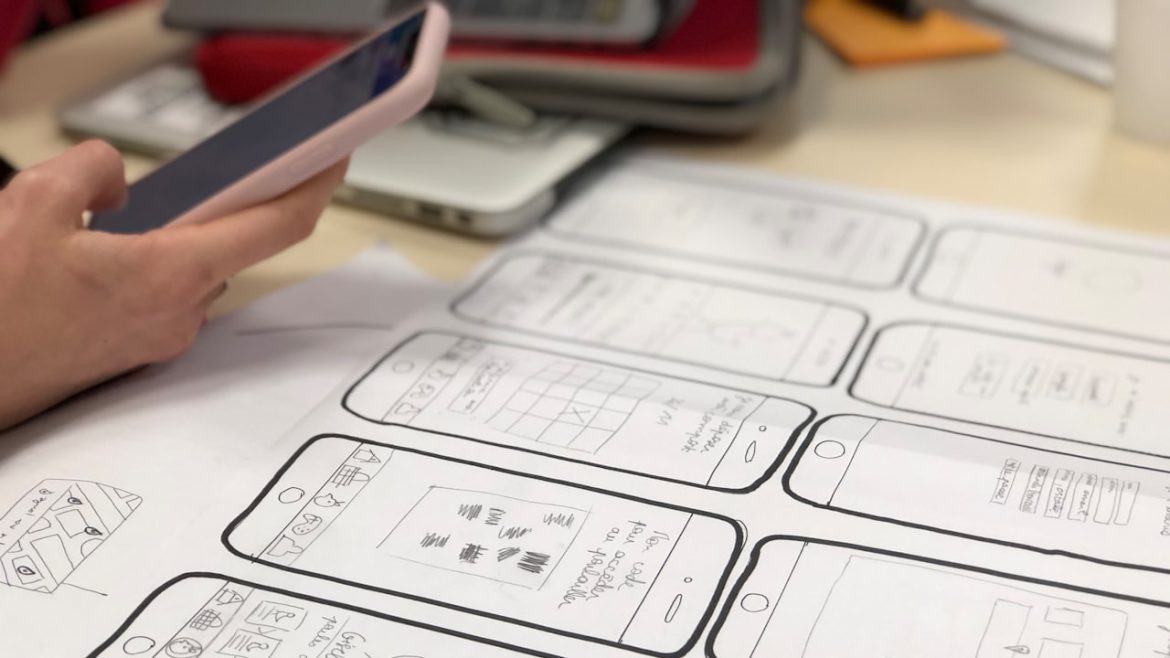Prototype manufacturing is a stage of production where manufacturers attempt to create a model of a finished product. The model is manufactured to take on the intended final product’s design, appearance, quality, and function. The primary purpose of prototype manufacturing is to put together a product model to allow for testing and design perfection. There are numerous methods of prototype manufacturing which this post focuses on.
Methods of prototype manufacturing
The market features a wide array of prototype manufacturing techniques. Below are some of the most popular techniques;
1. Injection molding
Injection molding is a popular method for prototype manufacturing. It includes the application of a mold, which is filled with molten material. The mold is designed depending on the type of product being manufactured. More often than not, the mold used is made of either aluminum or steel. The mold is the most important element in injection molding as it influences the final product’s design.
Therefore, proper mold manufacturing is essential. More often than not, the mold is manufactured through rapid tooling, hand-tooling, or 3D printing. This technique of making prototypes is ideal for large parts or parts that are required in large numbers.
2. CNC machining
CNC machining is a leading manufacturing technique globally and includes the use of milling machines controlled by a specialized computer. The technique does not involve any melting or heating. For this reason, it helps create products with a more substantial structure. Therefore, prototypes manufactured using CNC machining often feature better longevity. The prototype manufacturing method allows the application of a wide array of materials, including plastics and metals. CNC machining technique is usually fast, accurate, highly efficient, and reliable.
3. Sheet metal prototyping
This prototype manufacturing technique encompasses hardware specially meant to curve, cut, or penetrate through metal sheets. In simpler terms, this method is applied where the product idea features components manufactured of sheet metal. This technique can be applied to various types of metals. It is also worth mentioning that it is a suitable technique for making automobiles, kitchen, and office appliances components. The process of sheet metal prototyping is advantageous as it is speedy and reconfigurable.
4. Extrusion
This is a technique where softened material is forced through a shaped opening, known as a die. The shaped opening allows for the material to flow out in the desired shape. In this technique, the die is quite important. This is one of the reasons it is relatively expensive. The die is often made through CNC machining. Most of the time, the softened material is either plastic or aluminum. Aluminum extrusion is particularly popular as it is one of the most coveted manufacturing techniques in the world. Various forms of plastic can also be applied.
Conclusion
The prototype manufacturing methods mentioned above are the most common ones but not the only ones. This means several other prototype manufacturing techniques like surface finishing, pressure die casting, and 3D printing. In fact, for a while, 3D printing was a leading prototype manufacturing technique and one of the most flexible techniques.
